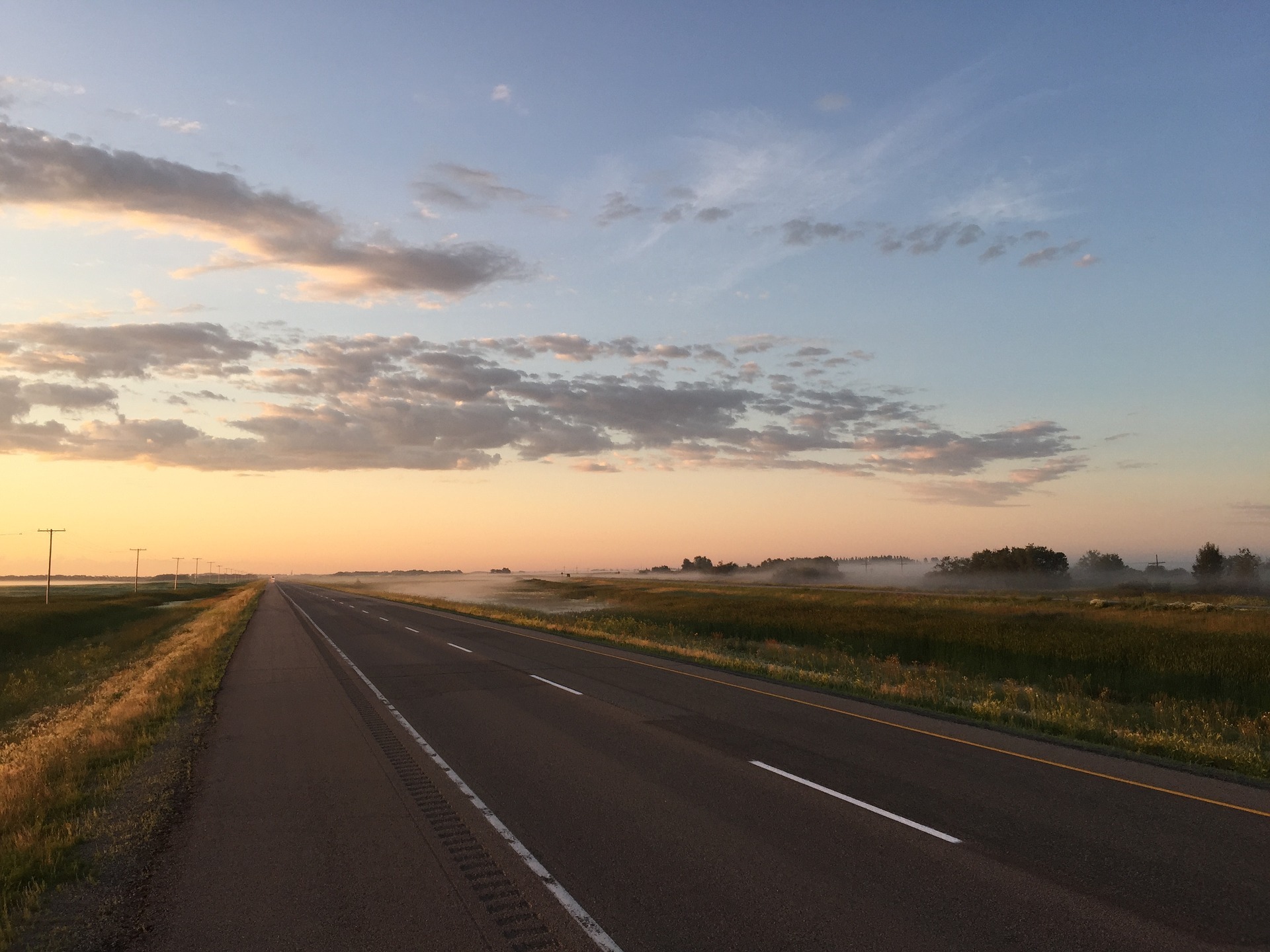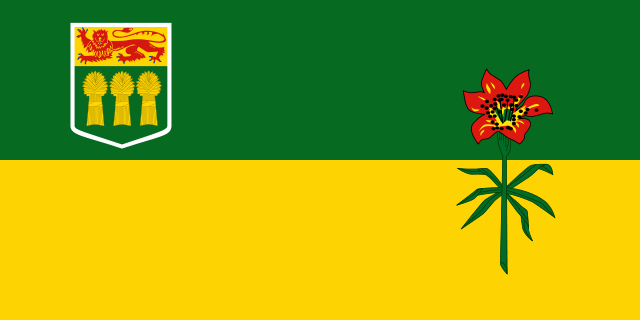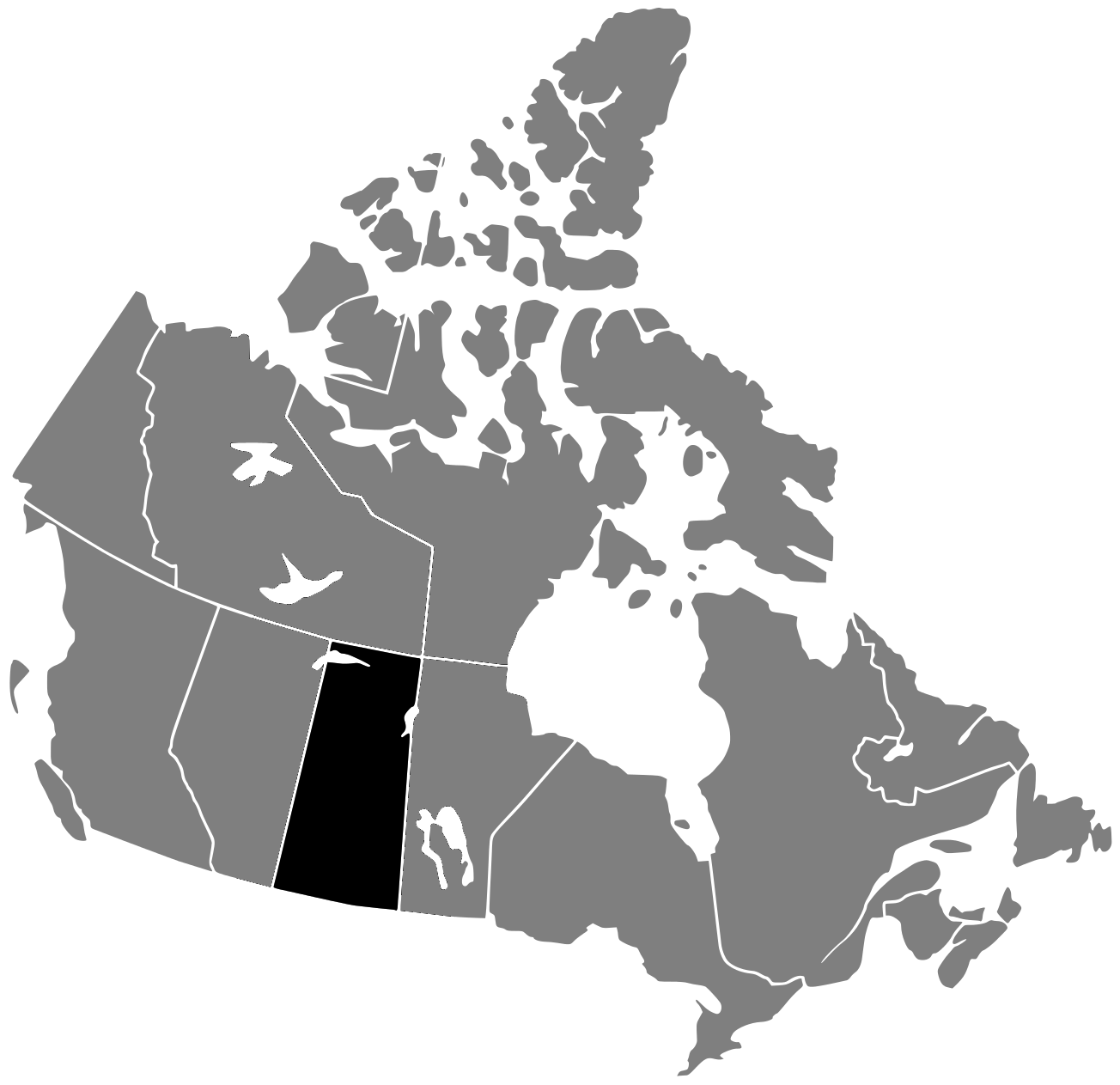Canada’s Arboreal Emblems:
Saskatchewan — White birch (Betula papyrifera)
Return to our Arboreal Emblems of Canada resource homepage here:
Canada’s Arboreal Emblems →

Return to our Arboreal Emblems of Canada resource homepage here:
Canada’s Arboreal Emblems →


White birch is a medium-sized deciduous tree growing to 25 m tall and 40 cm in diameter with a pyramidal, irregularly rounded, open crown spread of 10 m. Leaves are ovate to oval, 5-10 cm long by 4-5 cm wide, margin, coarsely double serrate. They are coloured a dull dark green above and a pale yellow-green below, turning light yellow in the fall. Fruit is a seed catkin, 3-5 cm long held erect. Bark is dark brown at first, turning to a chalky white, separating into thin papery strips; it turns blackish and fissured near the base of old trees. White birch is a good tree to plant in parks, estates, and large area plantings, although it is subject to many insect problems. It is beautiful in the winter when framed against evergreens. Hardiness zone 2.
White birch is diffuse-porous, creamy white with a pale brown core. It is moderately heavy, fine and uniform textured with no odour, a handsome tree for landscaping with its white bark and vibrant fall colours. The wood has good machining properties, takes a good finish, and holds nails and screws well, though it is not very resistant to decay. It can be used for a variety of applications, including veneer, plywood, interior finish, furniture, woodenware, toys, dowels, pallets and crates, and pulpwood. The tough, pliable bark has long been used for making canoes and ornaments.
The most widely distributed of native birches, white birch (paper birch, canoe birch) grows in every region of Canada and most of the northern tier states of the US. It is a popular ornamental tree and a valued source of hardwood timber. In thin curls, the bark makes an excellent fire starter.